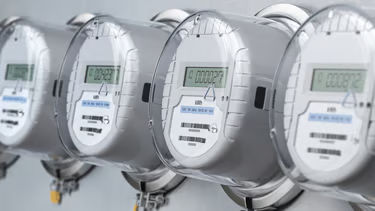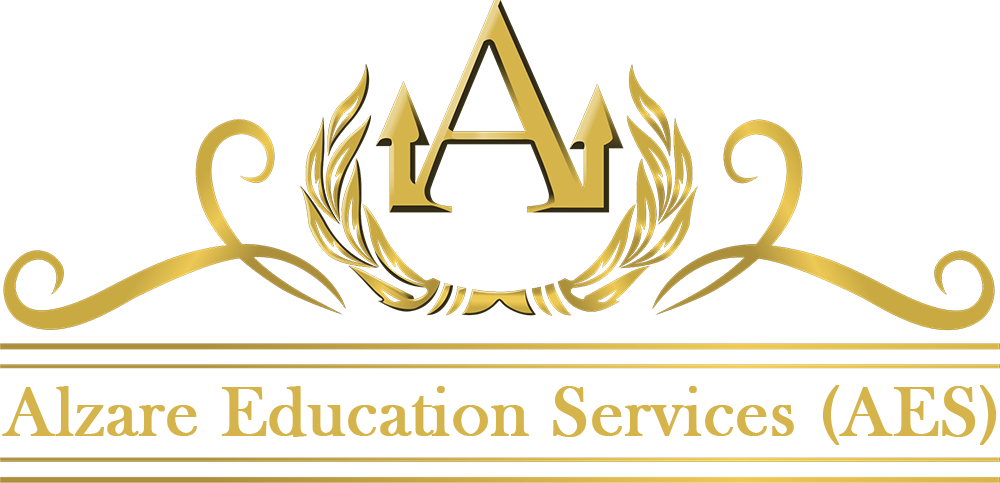
Ericsson
Houston, Texas, United States
Ericsson
!
Next starts now. Unleashing innovation with the Next Wave of Mobile.
About Ericsson
Shaping the future one connection at a time
Creating game-changing technologies and services that shape our future - that's what we do. By combining creativity, expertise and technology, we open new possibilities in communication for you. And together, we support in resolving global challenges. For example by mitigating climate change and connecting every school in the world.
Discover what limitless connectivity means for you;
- Redefine businesses
Grow your business by rapidly innovating and evolving. With limitless connectivity, we make it possible; from secure and agile operation to the factories of the future.
- Improve lives
Connectivity improves our lives every day; from keeping in touch with family to providing financial services. But in the future, it could even mean the augmentation of our abilities.
- Pioneer a sustainable future
From precision agriculture that uses less resources to smart logistics; new solutions for a sustainable economy are on their way. Our connectivity solutions make it happen.
How did we get here?
2024 - Internet of Things and more!
For long now, Ericsson has been dedicated to advancing 5G, enabling the Internet of Things. Presently, Ericsson is also engaged in the development of 6G, anticipating that it will deliver an “extended reality” experience, engaging all our senses.
2010: 4G arrives
In December 2009, Ericsson launched the world's first commercial 4G network in collaboration with TeliaSonera (previously Swedish PTT Televerket). The network was based on the new standard for mobile telecommunication systems: LTE, Long Term Evolution.
2001: Sony Ericsson is created
Since the start in 1876, Ericsson had been active in making both phones and networks. In October 2001, Ericsson’s cell phone division merged with the Japanese home electronics firm Sony and formed Sony Ericsson. The competition had become much tougher in the cell phone sector, and Ericsson could no longer rely solely on its own technical expertise.
1991: GSM changes everything
After NMT (1G) came GSM (2G), enabling even more widespread use of mobile telephony. On July 1, 1991, the new European GSM standard was introduced across many European countries, with GSM calls being made in Germany, Finland, Denmark, and Sweden over Ericsson systems.
1976: the AXE-switch
The days of analog switches were coming to an end. New electronic and digital systems would replace them – and so Ericsson built the AXE switching system, as a joint venture with Swedish PTT Televerket. AXE was revolutionary in several ways, particularly through its advanced modular system architecture – and Ericsson would prosper with it for many decades to come.
1956: Mobile telephony awakens
Ericsson's very first mobile phone, designed in 1956, weighed like a young teenager at 40 kilos and was about the size of a suitcase. Perhaps not really “mobile”. And never destined to be a best-seller, since the network that was built to support it couldn’t handle more than 100 subscribers. (In 1987 that Ericsson would release its first real handheld mobile phone, the HotLine Pocket.)
1923: the 500-switch
A phone switching system capable of handling 500 lines! The first Ericsson 500-switch station was put in operation in 1923. Eight years later, Ericsson had delivered about 100 stations with a total of more than 350,000 lines. Sales continued to increase over several decades. By 1974, when sales eventually started to decline, 4.8 million lines using the 500-switch were in operation in public telephone stations. Plus: read about the effects of the Krueger crash on Ericsson – and learn about the LM City!
1904: Global from the start (almost)
In 1904, Ericsson decided to apply for a telephone concession in Mexico. The Mexican authorities granted a license in the following year, and Ericsson were permitted to become an operator. This was only one of several early international investments for Ericsson. Already before Mexico, Ericsson had opened operations in many European countries.
1876: Lars Magnus Ericsson starts a mechanical workshop
In 1876, Lars Magnus Ericsson started a small mechanical workshop in central Stockholm, which went on to become one of the world’s leading information and communication technology companies. In 1880, he launched the first wall-mounted telephone and delivered the first switchboard.
Description of Services
How we make it possible
Transforming enterprises
We make the unimaginable possible. That's why we accelerate new and sustainable businesses beyond Ericsson's core business.
Networks
We empower people by transforming your future network with future-proof, scalable network architecture and services.
Cloud Software and Services
We help you succeed in your transition to cloud-native software and automated networks with the right solutions for CSPs.
What we do
INDUSTRIES:
- Retail
- Finance
- Food services
- Ports
- Manufacturing
- Healthcare
- Energy utilities
- Transportation
- Rail
- Mining
- Airports
- Logistics and warehouses
- Offshore and processing
SOLUTIONS:
- Service providers
- 5G RAN
- 5G Core
- 5G Transport
- Network services
- OSS/BSS
- Automation and AI
- Managed services
- Enterprises
- Wireless WAN
- Communication platforms
- Private networks
- Public sector
- Mission critical communications
- Network cybersecurity































